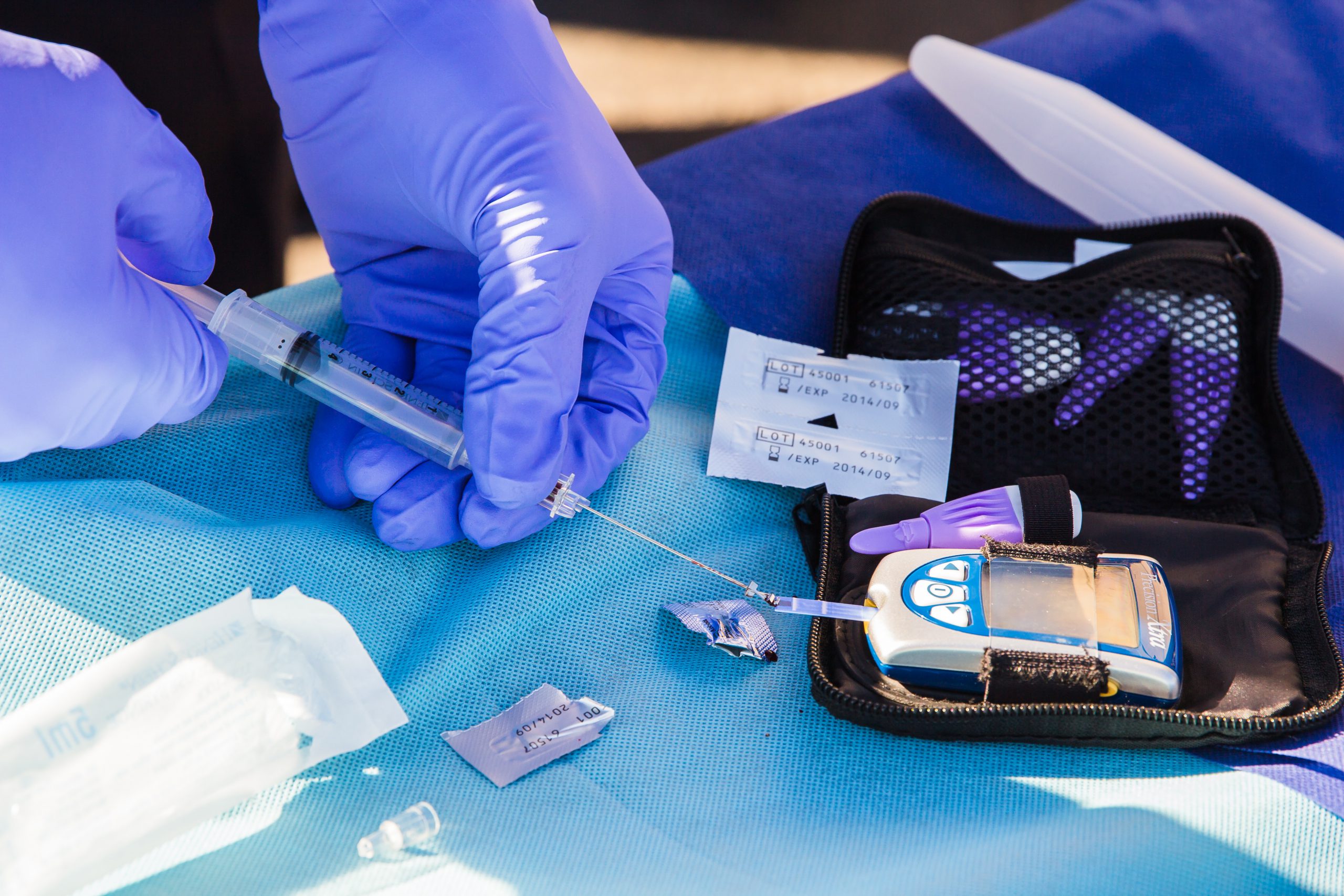Various body functions comprise the entirety of a healthy human body. If only one part of the body malfunctions or weakens, the other parts will inevitably be affected as well. The worst part is that any change, no matter how small and insignificant, directly determines the outcome of the metabolic processes. One such malfunction is insulin resistance. A body that develops insulin resistance has a ton of associated health implications that come afterward. These include prediabetes, diabetes, and other life-changing health issues. The fact that people still have a vague understanding of many health issues despite being a common occurrence worldwide is an unsettling problem. What to know about insulin resistance Insulin is a hormone that acts as a catalyst in the transformation of glucose, which is a particular sugar, into energy. Glucose comes from the food you consume, and the body needs the help of insulin to process it into usable energy. Once transformed, it enters the bloodstream and gets distributed to various parts of the body. The pancreas releases insulin when the body detects high levels of glucose in the bloodstream. Then, insulin helps in the metabolism of sugar into stored energy. With insulin resistance, the body cannot produce the appropriate amount of insulin to facilitate the metabolic process. Without substantial amounts of insulin, the body’s glucose levels in the blood increase. As a result of unprocessed glucose remains, the body does not receive its needed fuel to function. To make things worse, eating abundant food is not enough. Insulin resistance makes eating worthless since the food that the body receives does not get converted into energy. The detrimental effects of insulin resistance Having insulin resistance does not necessarily mean that health issues are impending to befall a weak body. However, it actually increases the chances of suffering from type 2 diabetes. The matter becomes more dangerous when statistics state that having diabetes increases a person’s chance of experiencing stroke and heart diseases come into play. Aside from stroke and heart problems, diabetes also increases the chance of contracting skin infections, eye diseases, or nerve damage. Neuropathy, in particular, is noteworthy because it is virtually undetectable. Infections are a side-effect of neuropathy and diabetes that gnaw at the skin and bones of patients. Other more severe cases of diabetes actually require amputations of particular body parts. The practice avoids the spread of the infected area to other parts of the body. Is insulin resistance preventable? “Prevention is better than cure” holds true in this case. The development of medicine and science helped identify lifestyle-related risk factors that promote the development of insulin resistance and type 2 diabetes. When people can identify risky habits in their lifestyle, a change in diet and exercise helps bolster their immune system against insulin resistance and diabetes. Experts recommend to eat nutritious meals and avoid trans fats and sugary food. Regular exercise also helps in controlling blood sugar levels. Remember that the body does not need to practice intense workouts or join strenuous marathons to prevent insulin resistance and diabetes. Consistent and easy-to-do workout routines will suffice as well. The habit and lifestyle changes need to start at a young age as we see that the age demographics of affected patients are getting younger and younger each year. With that said, families and schools should encourage their youth to practice a healthy and active lifestyle. If you want to receive more updates about information in the medical industry, subscribe to our website today.
Related Posts
Recent Posts


















